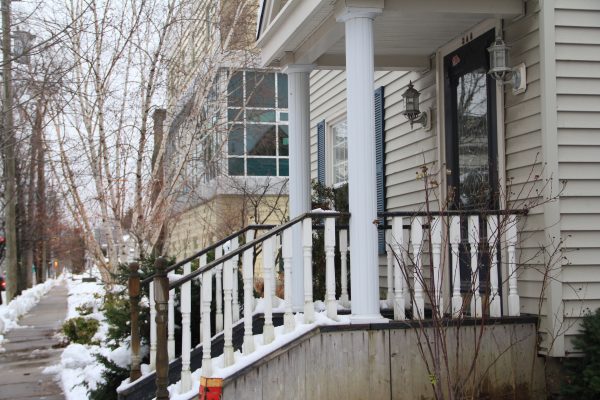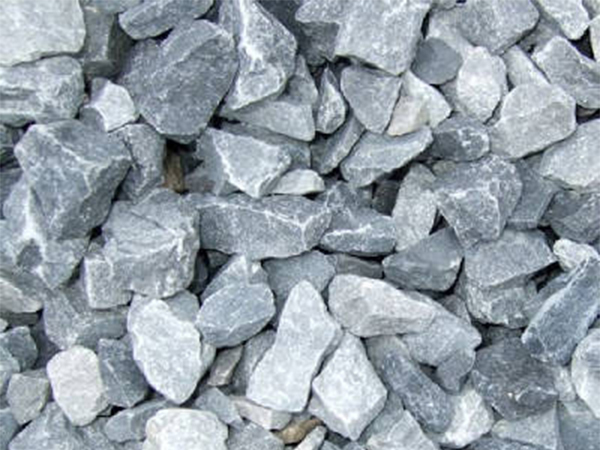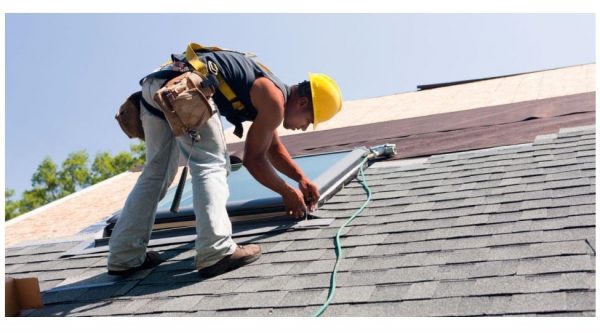
Keeping The Heat Inside This Winter
In the winter, staying warm is everyone’s number one priority. A warm house keeps your pipes from freezing, the windows from cracking and it keeps you warm. Keeping the house filled with heat is not easy, but we have some solutions.
But there are many ways the heat you are pumping into your house can escape, however like most problems there are lots solutions to it.
Every homeowner should start with thick curtains. Thermal heat retaining curtains can be bought almost anywhere. They are relatively inexpensive and will save you money. If you find that thermal curtains do not suit your needs, any type thick curtains of any kind will do. The heat retention is all in how you trap it.
Letting in sunlight during the day can also retain your warmth. By allowing natural light and heat through your windows during the daytime — you can retain the heat at night when it is most needed.
Watch out for mini-drafts. In many homes, there can be places where cold air can creep in. If you have a pet door or a hatch. It’s important that you seal those in the winter. You can seal it or fill it with the installation. A homeowner who is experiencing a small draft will notice the difference once the draft is sealed.
It’s important to clean your radiators or your vents. Move furniture away from them. Perhaps you have a sofa sitting near or against it, the only thing getting warm is the sofa. Keeping a clear open the vent to heat the rest if the room.
Close and seal all unused room. If no one is using a room the room will become cold. Closing the doors and sealing of small drafts will keep the cold air from moving to other warm rooms in your house.
Cover your bare floors. Wood floors account for a lot of the heat we lose. Rugs and carpet can help reduce the amount heat loss due to a wood floor. This heat loss is usually due to lack of insulation. Older homes, especially.
It’s also a wise idea in the spring or summer to have your home insulated. Insulating your home is the best way to ensure that the heat you have in your home. The insulator provides a barrier between the walls and the outside.
Set timers on your thermostat. So, keeping your thermostat on all day is the way to go, right? But this is unfounded. Turning it on when you need it is best. Setting timers for early in the morning and later in the evening/at night is best.




